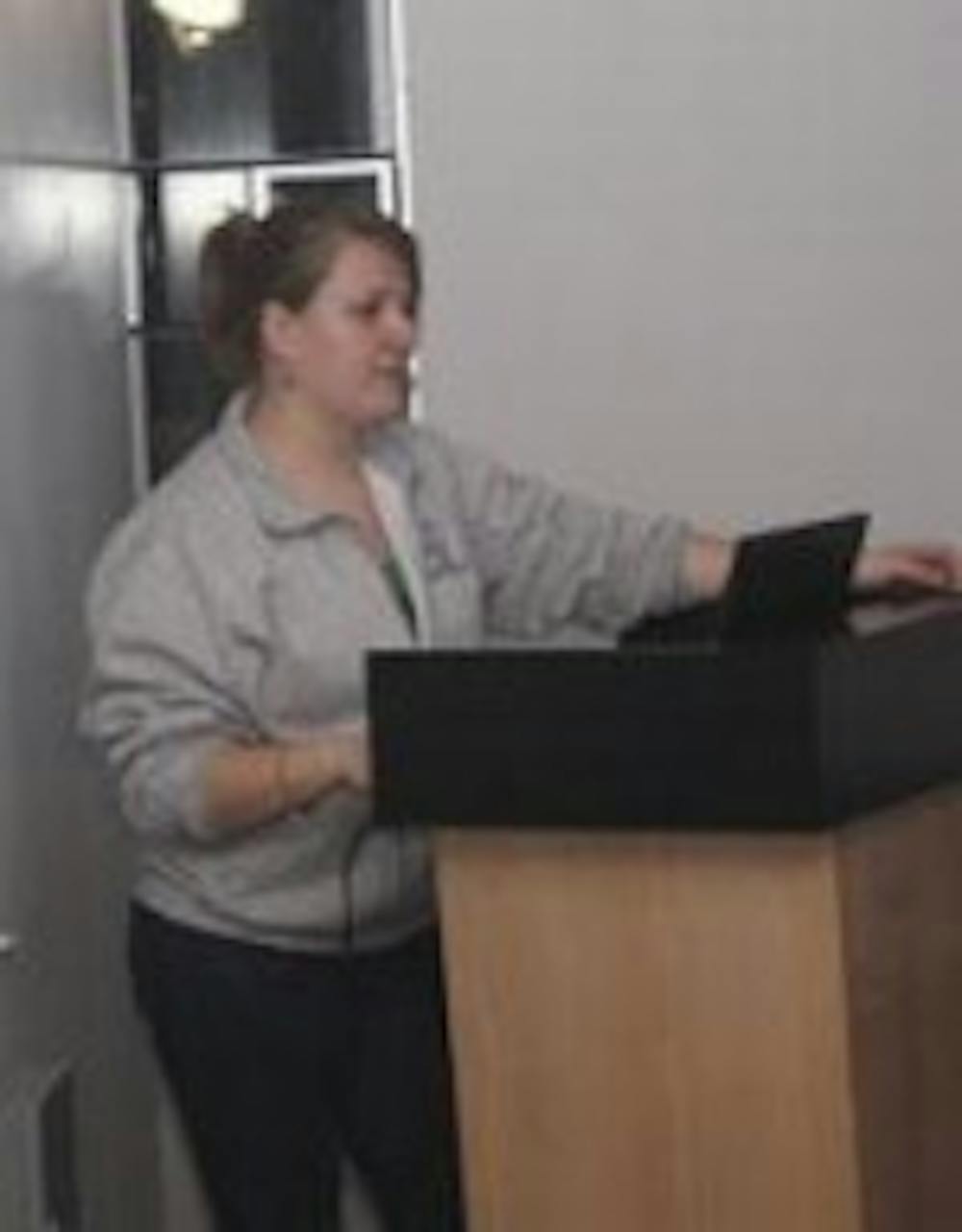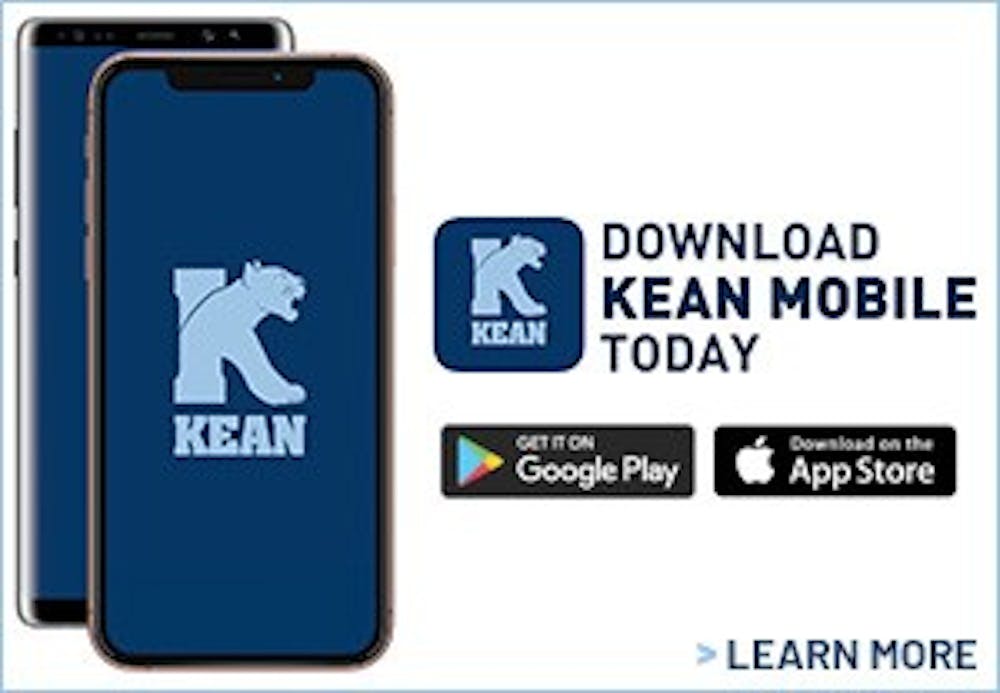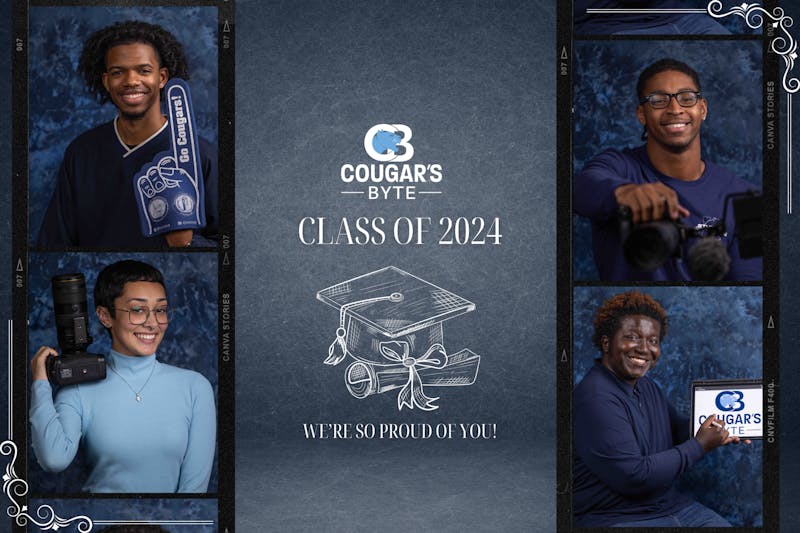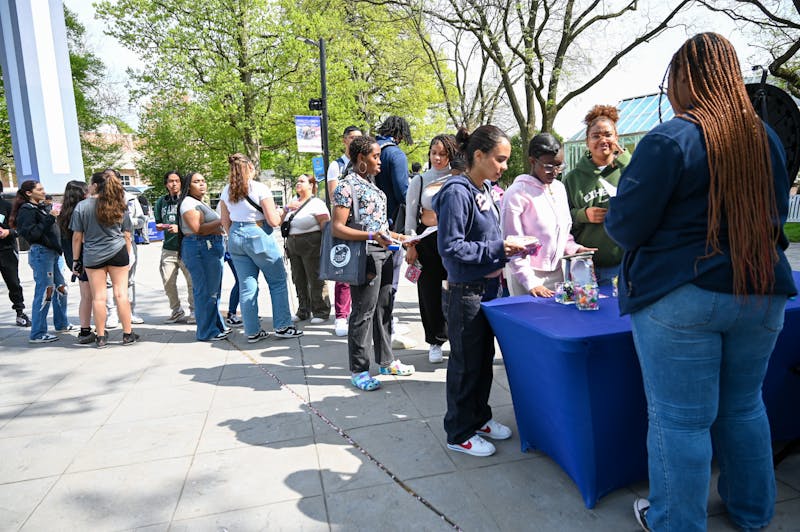Since the Kean goes green initiative was launched, the university has produced several Eco-sensitive workshops and implemented campus wide goals along the way. On March 3, 2010, Kean elevated this green project to new heights. Resident assistants of the entire New Freshman Residence Hall combined their efforts to incorporate earth conscious education into their floor programming in a collaborative program called "O-No Zone". The result begot one of the largest joint efforts in Kean University to tackle this issue. The program was open to the entire resident community.Students who participated in the workshop were launched into a scavenger hunt of sorts. The objective was to visit each of the 8 floors of the New Freshman Residence Hall, with the exception of the seventh, and retrieve seven passwords that permitted access to the first floor's dinner reward. The combined password created the overall message of the program: "Because our decisions today affect us tomorrow". Though this objective created an engaging and interactive game element to the program, the aim was education. All participating resident assistants were encouraged to develop an original theme for their own program; accordingly, each floor held its own personal ambiance and education aim.
The second floor's program entitled "Levels of Damage" challenged students to recognize which every day actions cause the most harm to the environment. Students arranged photos of contributing damage such as hair spray, waste, and car engine emissions were placed on a board ranking from most harmful to least harmful. If incorrect, students were prompted to elaborate on their choice so that all in company have a better view of each other's perceptions. In addition to the password prize, students were given "snack bags" to take with them.
Students were given the opportunity to plant seeds inside of cups on the the third floor's program, "Blue Skies". Here, students were given a cycle-visual of how toxins released into the air are filtered out through through plant life. After viewing the educational portion, students sat down with resident assistants to create their own plant that they could bring back to their rooms on campus. The floor program provided fertilized soil and sunflower seeds that are to grow vivid in color. The fourth floor took that same creation tactic and engaged students in creating their own ocean replica. The program, "Ocean in a Bottle" , highlighted the importance of clean waters on the earth. The bottle, though starting off as pure blue water with "gold fish" crackers floating around in it, the bottle was soon polluted with scraps of paper, oil, and other waste. While the plant that students took home with them from the third floor program gave an optimistic stance, the bottled ocean provided a more alarming awareness.
The fifth, sixth, and eighth floors were each geared towards consequence education. The fifth floor utilized its entire hallway to display endangered animal photos. "The En-Dangered Zone" program noted some animals that are popularly known as victims of an unclean environment, such as penguins in oil spills; but it also highlighted some more uncommonly known endangered animals, such as the cougar, an animal close to the hearts of many Kean students. The sixth floor program summoned a cartoon icon as their front man for education. "Captain Plant - Earth, Wind, and Water" was a program that broke the earth down into three vital sections of importance and maintenance. The eight floor's program, "Tomorrow Today", displayed an almost apocalyptic stand point on the future. Shocking projected statistics of the earth's ruin were scattered throughout the wall and were accompanied with background music whose lyrics were ominous of the future's condition.
The final visit was to the first floor's multi-purpose room were the program "Composting 101" was held. Victoria, a resident assistant from the New Upperclassmen Resident Hall was the moderator of the program. Here, students were shown a slide show of Kean's own composting program and provided an in-depth description of how waste can become beneficial to the environment rather than harmful. After the conclusion of this program, students were prompted to piece the passwords together and reflect on the overall message of the programming. Proven successful, the program attracted students to mingle afterward and discuss their favorites of the workshops.
O-No Zone
Resident Assistants combine efforts for the earth






